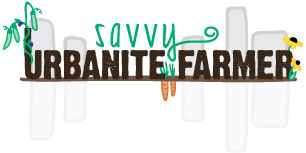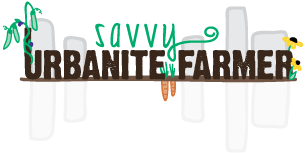Landscaping design is much like art design. It takes the principles of unity, scale, balance, simplicity, variety, emphasis, and sequence and applies it to the more familiar elements of line,form, texture, and colour. Not only are all these principles and elements interconnected, but they tell the story of you, the designer.
Unity
Unity is thought of as oneness. It is a way to attract and hold attention as well as unify a story throughout a design or section of design. It is also the design principle that is used to describe how things are grouped together for both a sense of order and emphasis.
For example, if your story is that you use your garden as a sitting place for peace, you might choose things that fit this theme. If your personality is more traditional and serious, you my opt for a piece of statuary that resembles a Japanese mediation shrine, but if you want to bring out a more whimsical nature you might opt to add the tanuki raccoon dog statue.

Peaceful? Charming? Structured? Informal? Practical? Whimsy? Bright? Cheerful?
Think about all the adjectives that you would use to describe yourself and your space. This is the message you will feel most at home with, and the one that will come most easily to your landscape. This is also the unity you will be bringing to your garden.
Now, with that in mind, lets look at lines and creating the outline to your story.
Lines
Lines are what walk us through the landscape, create rooms for us to relax in, and divide up the bits of story line. Perhaps the beginning of your story begins at your driveway and it is bright, inviting, and beckons the walker to come in further. Or, maybe you want to start off with a formal bow as someone approaches your drive. The lines are side walks, stepping stones, driveways, and other features you use to direct people where you want their attention to go and create definitions to each “room” or part of the story that you are telling.
Take a look at this walkway from the University of Vermont.
What do you see? Where are your eyes naturally drawn to?
The sidewalks are the lines that lead you to the building behind, all the while they are showcasing this distinct part of the university’s story with a statue. What feeling do you get from it? Formal or informal? Sombre or joyous? Relaxed or serious?
There are other elements at play here with the form, texture and colour; lets address those next.
Form and texture
The forms of a plant is the shape of the plant.
Each one draws the eye in a different way and create an effect.
- Columnar, pyramidal, and oval draw the eye upward, so people may look more at the sky or the roof of your house.
- Vase shapes and tall horizontal spreading trees put an emphasis on breadth and space while also giving an eye to the space underneath them as a place to play.
- Weeping draw your eyes back toward the ground, so they are great when you want to emphasis something like a pond or a special path.
- Short round trees are often decorative and draw the eye to the specimen without adding to the large look of the place. They are perfect for a focal point because of the pleasant, undulating shapes that are natural to the eye.
Each one of these forms comes with different textures as per the species of plants. So, if you want to draw the eyes upward to point out the lovely features of your house with a small pyramidal plant you could choose a dense form with boxwood or a less dense juniper — provided the sun and water conditions were right.
When it comes to choosing the texture, your choices range from super dense to light and airy. The choice is yours when you’re telling your story. Texture, though, can also be handy to add some winter interest, so while you’re shopping around for your elements don’t be afraid to mix and match with ideas for all seasons.
Colour
Colour is a powerful storyteller. You can add red for passion and mix it with yellow for joy. On the other hand, you can put red and purple to make it feel more like the richness of royalty. There are no real guidelines here because it’s your story that you are telling, and you are in charge of the narrative. However, it is worthy to note that cool colours tend to blend into the foliage more, while warm colours are more conspicuous.
While you plan out the yard with colour, don’t forget that some plants, like herbs, bloom infrequently while adding great texture and a practical nature to the yard. You can use edibles just as well in your landscaping as you would flowers, especially those that you want to show off the colours of. There is nothing wrong with using bright red tomatoes in place of another medium sized spreading bush, nor a cluster of giant yellow sunflowers in place of a small tree if you want your story to be edible at the end of the year.
Remember, the key is to have fun with your story and be willing to lead people on a journey while they look at your landscape. What is your story? Share with the community in the comments!
The other elements of design: scale, perspective, simplicity, variety, and sequences will be discussed in part two.





